
You may have heard about CyanogenMod and admired from afar, but now It is time to seize the day and install it in your smartphone Android. For those new to this flash mobile and install a ROM, no official applications to help in the process, and will explain everything you need to know about the following líneas.http: / /es.gizmodo.com/10-cosas-que-p …
Installers make use of applications for Windows and Android that replace everything that exists now in your smartphone with CyanogenMod. These installers make as it was in the past, although you can run you need your device is supported.
the whole process much easierIf the firmware your device is not supported, then the method will make much more complicated. Still, do not lose hope, because in the same way the task can be completed if you are prepared to invest a little more time and effort. For these cases we have included some notes at the end of this article.
About CyanogenMod
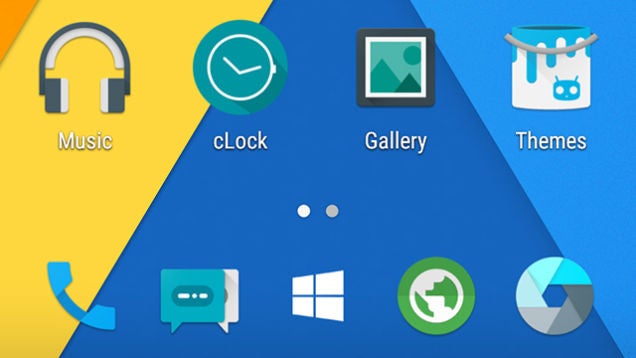
Why would you want to install CyanogenMod first? Actually this is only for the brave: probably in the installation you will lose the warranty of your smartphone and the same procedure can be quite misleading and somewhat complicated (sometimes). It should take just a few minutes, but considering the number of devices in the world, and the number of computers, some problems may occur.
said This ROM gives you a lot more flexibility in regard to personalize your device. While adding some other very useful new functionality on the official version of software created by Google, also gets rid completely of all these applications rubbish ( bloatware ) that bring installed Factory devices, which will improve their performance.
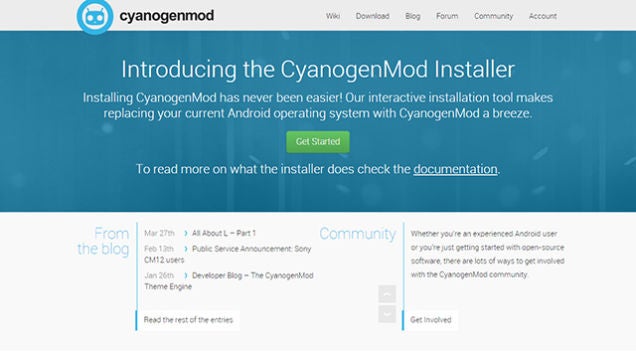
In addition, updates are very fast, and you can always keep up with the latest version of Android . Everything from the notification center to the configuration panel can be customized, and you can even take more control of the permissions requested by the application after being installed. In addition, it also features a file manager with access Root built.
You can find more information about CyanogenMod here. Remember that everything in your smartphone will be removed in the installation process, so make sure before starting that all these photos, documents, contacts and songs are backed up in the cloud or somewhere .
Installing CyanogenMod
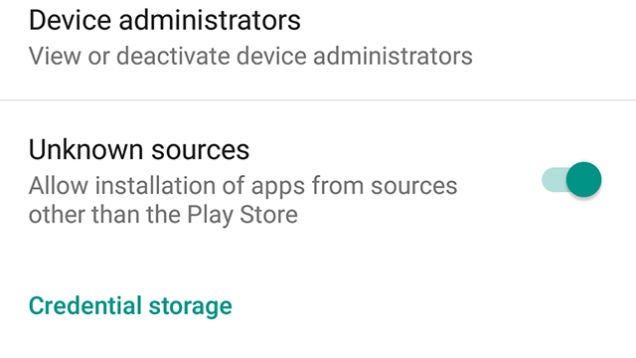
The first thing you have to do is allow the phone to install applications “unknown sources” Since Google does not allow the arrival of the official CyanogenMod application in its app store Google Play Store for fairly obvious reasons (Google prefers you to stay with your operating system from the factory as it is). In Android Lollipop, go to menu Settings , then the section Security and finally you select the Unknown sources .
After doing that, you can download the application on your phone. Visit http://get.cm from your mobile browser or scan the QR code from Web Cyanogen. After the .apk (in the process can to interrupt a security warning), is downloaded it will appear as a message in the notification center, which you can press and install the application.

Follow the instructions on screen by pressing Install and liego Open . Work the installation steps as they occur, allowing debugging ( debugging ) USB so that the application on your computer will be allowed to change the settings of your phone, and change the connection mode Camera (PTP) .
With these steps taken, can direct your attention to your PC (the mobile application notifies you when you have to do ). You need the installer for desktop CyanogenMod (compatible with Windows), which you can download from here. Once you have completed the installation and setup procedure, you need to disable your antivirus (if you use one) and then confirm the USB debugging.
The software desktop, like the mobile application will guide you step by step through the procedure of flash CyanogenMod on your device. If all goes well, in just a few minutes you will create an phone running an entirely new operating system.
Devices unsupported
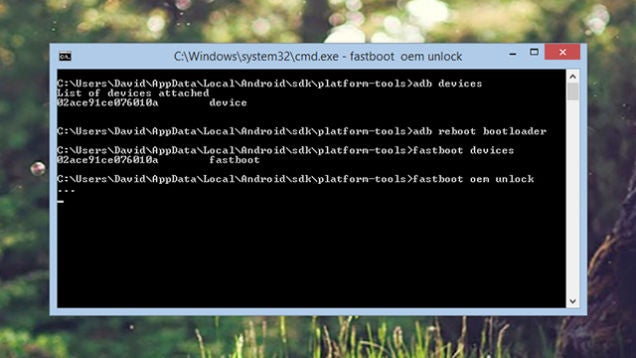
If you have a device that does not have direct support fast installer Cyanogen’s (you’ll see a warning screen if that’s the case), then you need to learn to use the tools of the Android SDK that you can install from here.
Unfortunately, we have no space to walk you through all commands and codes plus installation process for each of the devices that are not officially supported installer, plus all variations of the same model of smartphone and the problems you could meet on the road, but we can tell you some very useful resources.
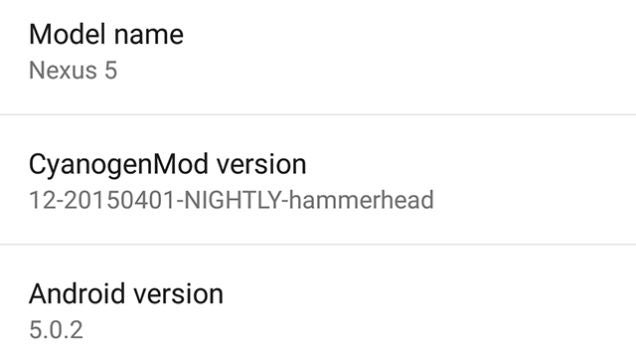
If this is your first time using the Android SDK and flashing device, then our fellow Lifehacker have a good guide which can go. There are also some official sources that could revise, although not the best for beginners, and How To Geek have another good introductory guide to this software.
Once you’re happy and familiar with how the SDK works, go to the wiki CyanogenMod to find step by step installation for your device model instructions. In short, you’re going to do is unlock the phone, install a partition of Recovery and then install the latest version of CyanogenMod.
All this is done using the command line interface found in the SDK tools folder. In Windows, this is at:
& lt; small & gt; C: Users & lt; username & gt; AppData Local Android sdk & lt; / small & gt;
If all goes well and follow the steps to the letter, in just a few minutes you should have the latest version of CyanogenMod installed on your Android device.
***
Psst You can also follow us on Twitter, Facebook or Google+!)
<- core-decorated ->
No comments:
Post a Comment